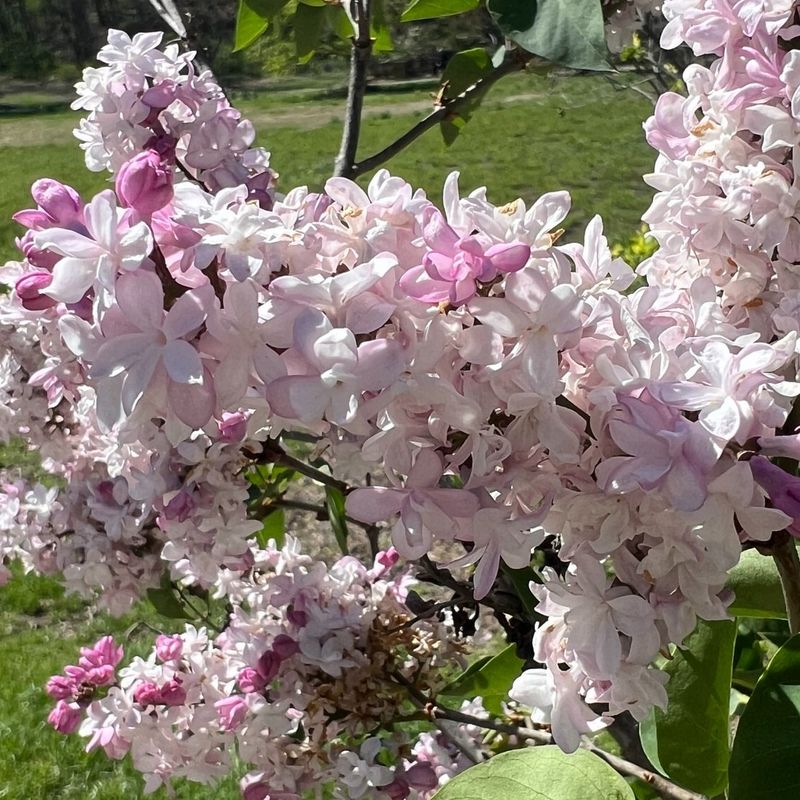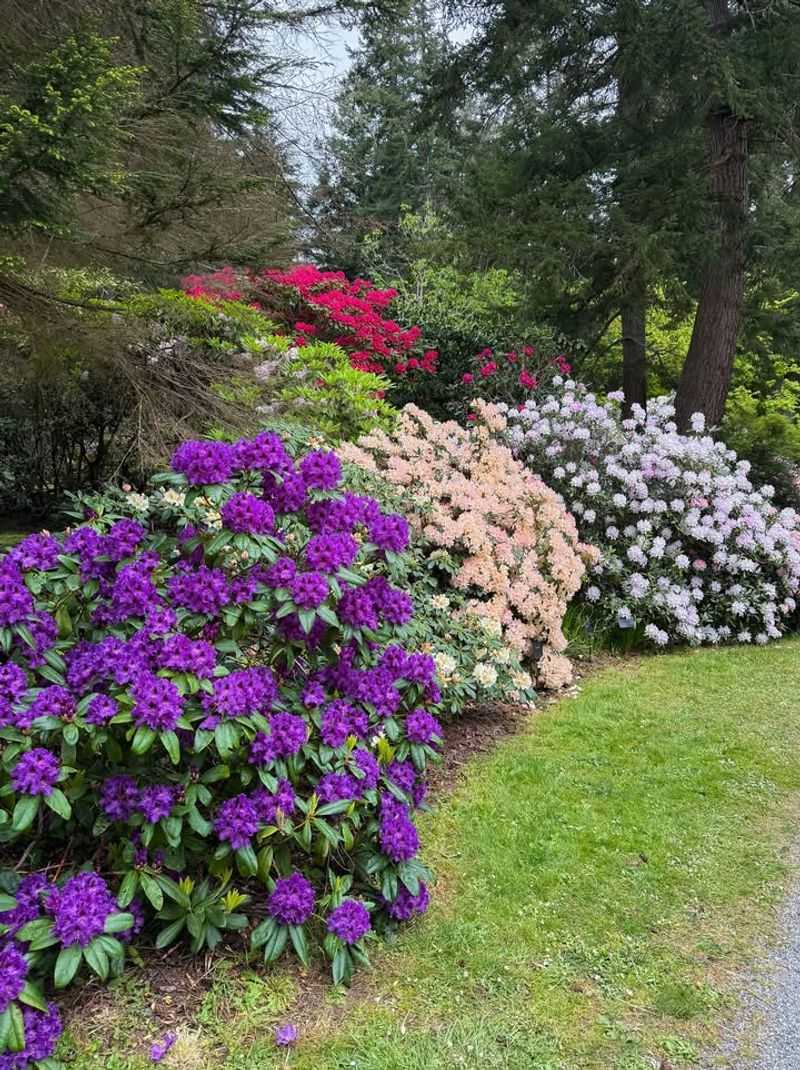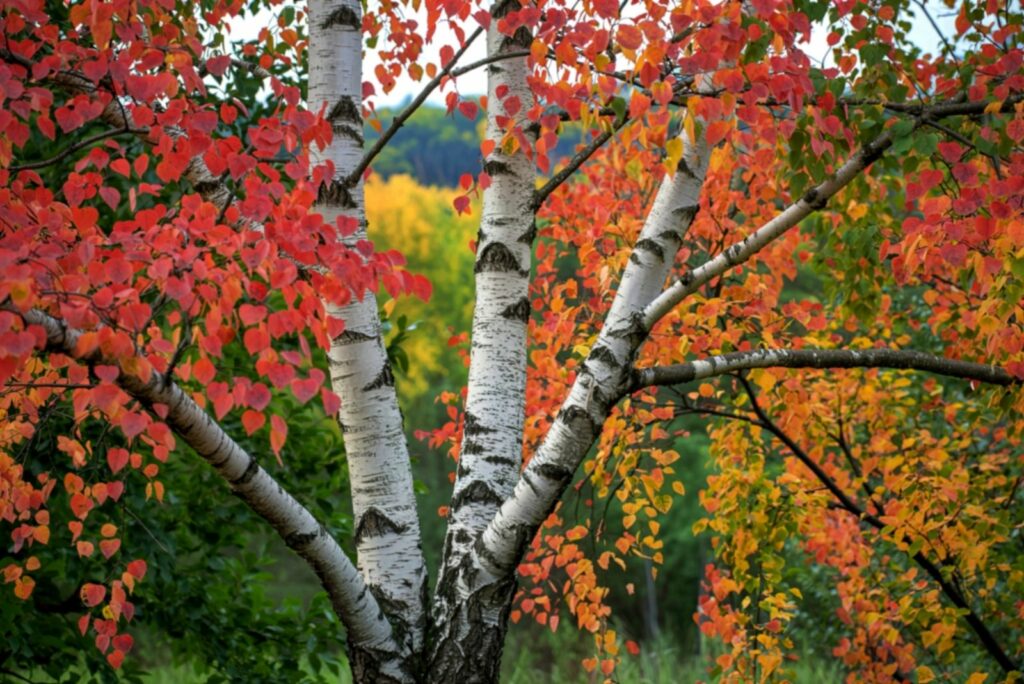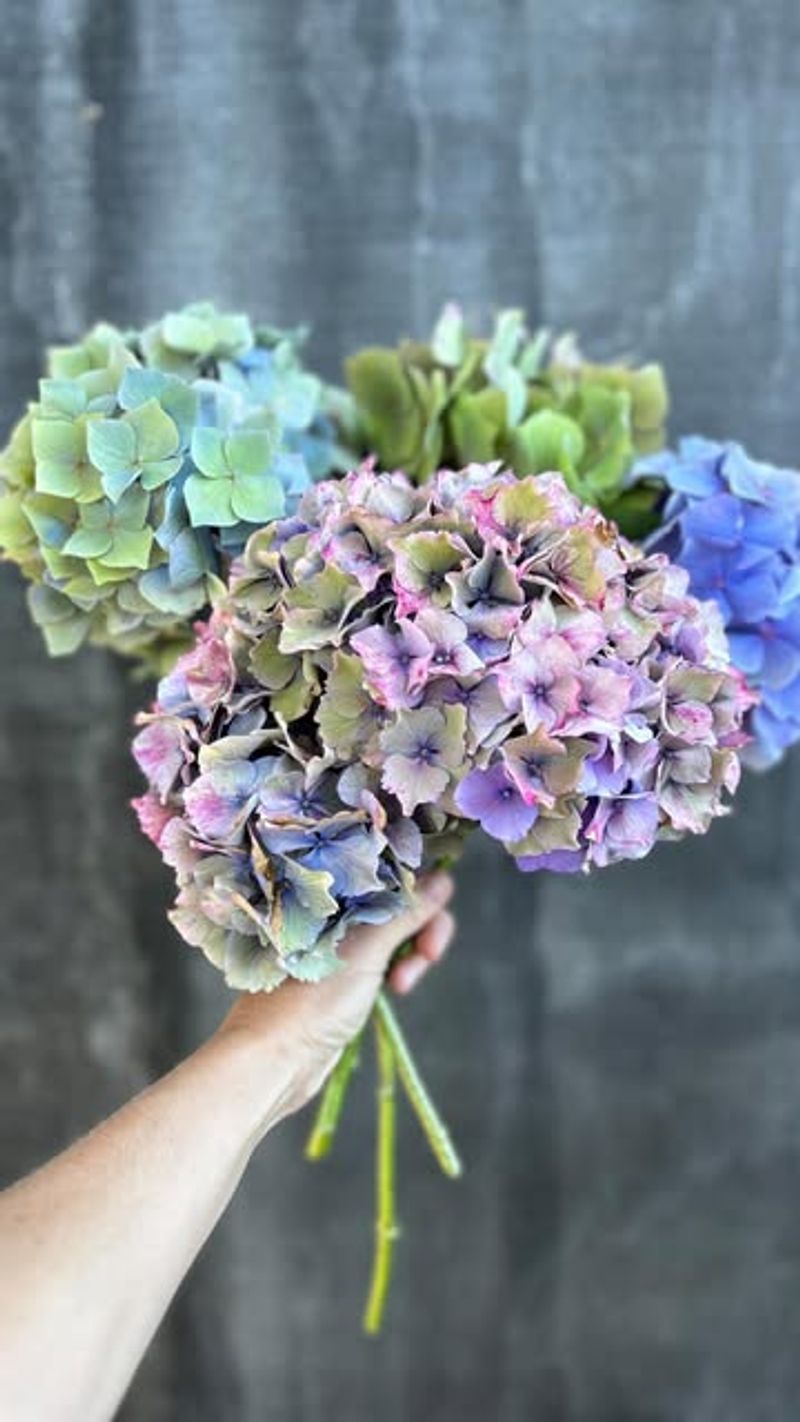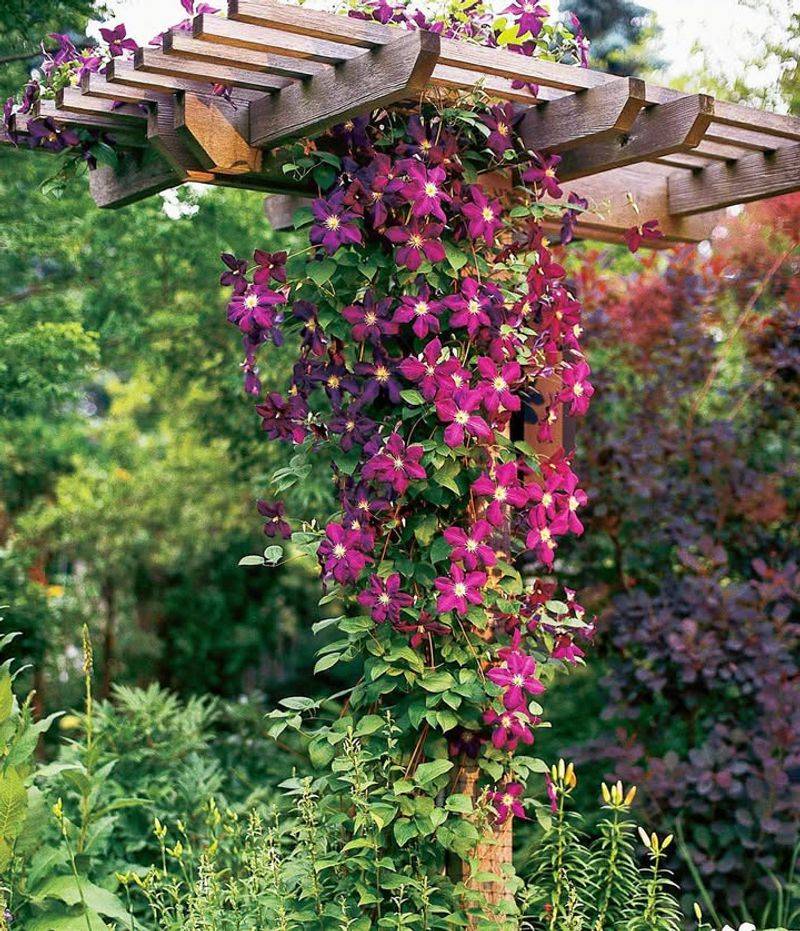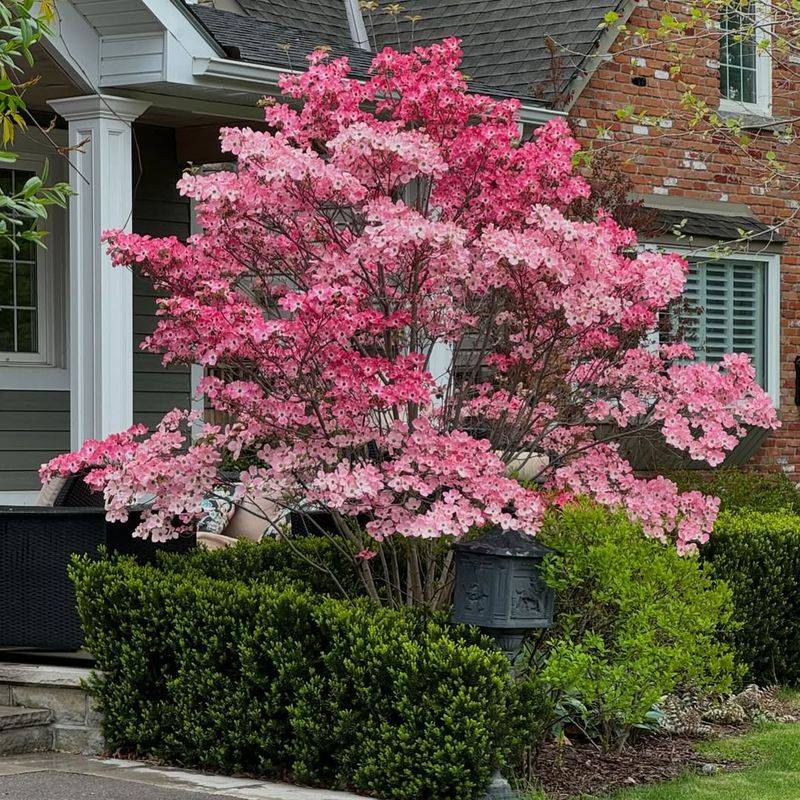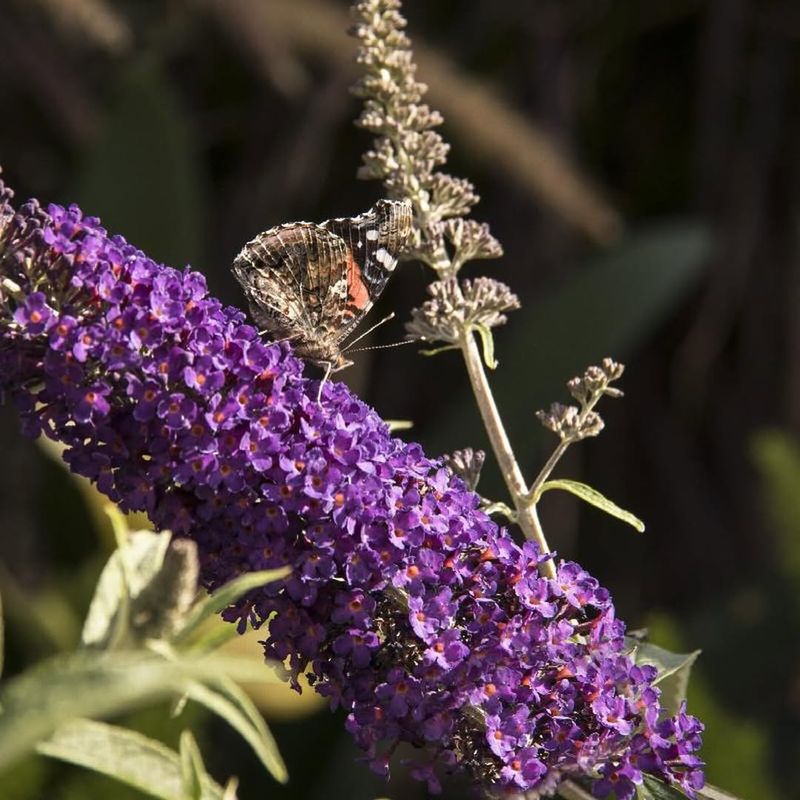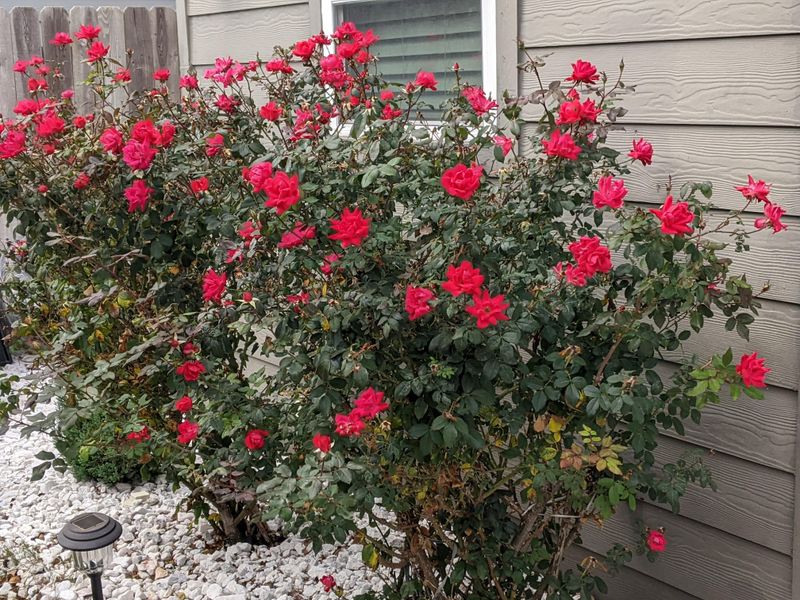November in Washington brings chilly temperatures and shorter days, signaling plants to prepare for winter dormancy. Pruning at the wrong time can expose tender growth to frost damage or encourage new shoots that won’t survive the cold.
Understanding which plants to leave alone this month protects your garden and ensures healthy spring growth when warmer weather returns.
1. Japanese Maples
Japanese maples are treasured throughout Washington for their stunning fall colors and graceful form. November pruning causes these trees to bleed sap excessively, which weakens them significantly before winter arrives.
The wounds created by cutting won’t seal properly in cold weather, inviting disease and pest problems. Wait until late winter when the tree is fully dormant and sap flow has stopped completely. Your patience will reward you with a healthier, more beautiful tree come spring.
2. Spring-Flowering Shrubs
Lilacs, forsythias, and azaleas set their flower buds during late summer and fall. Cutting them back in November removes next spring’s entire flower display, leaving you disappointed when neighbors’ gardens burst into color.
These shrubs need their buds protected through Washington’s winter months. The best time to shape them is immediately after they finish blooming in spring. This timing preserves the natural flowering cycle while still allowing you to control size and shape effectively.
3. Rhododendrons
Washington’s state flower deserves special care as winter approaches. Rhododendrons develop their spectacular flower buds months before they actually bloom, and November pruning destroys this preparation work.
Cold temperatures following cuts can damage the plant’s vascular system, causing dieback that extends far beyond where you trimmed. These evergreen beauties also struggle to recover from wounds made during dormancy. Save any necessary trimming for right after flowering ends in late spring or early summer.
4. Birch Trees
With their distinctive white bark and elegant branches, birch trees add year-round interest to Washington landscapes. However, they’re notorious bleeders when pruned during the wrong season.
November cuts cause sap to flow heavily, draining the tree’s stored energy reserves needed for winter survival. This excessive bleeding can actually lead to branch dieback or even tree death in severe cases. Schedule pruning for late summer instead, when sap flow naturally slows down and wounds heal faster.
5. Hydrangeas
Those dried flower heads might look untidy, but they actually protect next year’s buds from harsh winter conditions. Many hydrangea varieties bloom on old wood, meaning they form flower buds on last year’s growth.
Pruning in November removes these precious buds and exposes tender stems to Washington’s freezing temperatures. The dried blooms also add winter interest to your garden landscape. Wait until early spring to prune, when you can easily identify which stems survived winter and which didn’t.
6. Clematis Vines
Did you know clematis varieties are grouped by their blooming habits? This determines when they should be pruned, and November isn’t the right time for any of them. Early-blooming types set buds on old wood that would be removed by fall cutting.
Even summer-blooming varieties benefit from keeping their top growth through winter as insulation for roots. Washington’s wet, cold winters make healing difficult for pruning wounds. Mark your calendar for late winter or early spring pruning instead, depending on your specific variety.
7. Dogwood Trees
Dogwoods are beloved throughout Washington for their spring flowers and attractive form. Unfortunately, they’re highly susceptible to fungal diseases that thrive in our damp climate. November’s wet conditions create perfect environments for pathogens to enter fresh pruning cuts.
The trees are also entering dormancy and can’t defend themselves effectively against infection. Anthracnose and other diseases spread rapidly through wounded tissue during fall months. Protect your dogwood by waiting until late winter when drier weather arrives and disease pressure decreases significantly.
8. Butterfly Bush
These pollinator favorites might look scraggly by November, but resist the urge to tidy them up just yet. Butterfly bushes benefit from keeping their woody stems intact through winter as structural support.
The dried seed heads also provide food for overwintering birds searching for sustenance in Washington’s lean months. Early pruning can trigger new growth that will be killed by frost, wasting the plant’s energy reserves.
Wait until late March or early April to cut stems back hard, promoting vigorous new growth for summer blooms.
9. Roses
November pruning stimulates roses to produce tender new shoots that won’t harden off before freezing temperatures arrive. This wastes the plant’s stored carbohydrates and leaves it vulnerable to winter damage.
Washington’s unpredictable freeze-thaw cycles make timing especially tricky for rose care. Those colorful rose hips also provide winter food for birds and add visual interest to dormant gardens.
Hold off on major pruning until late February or early March, after the worst cold has passed but before active growth begins.



